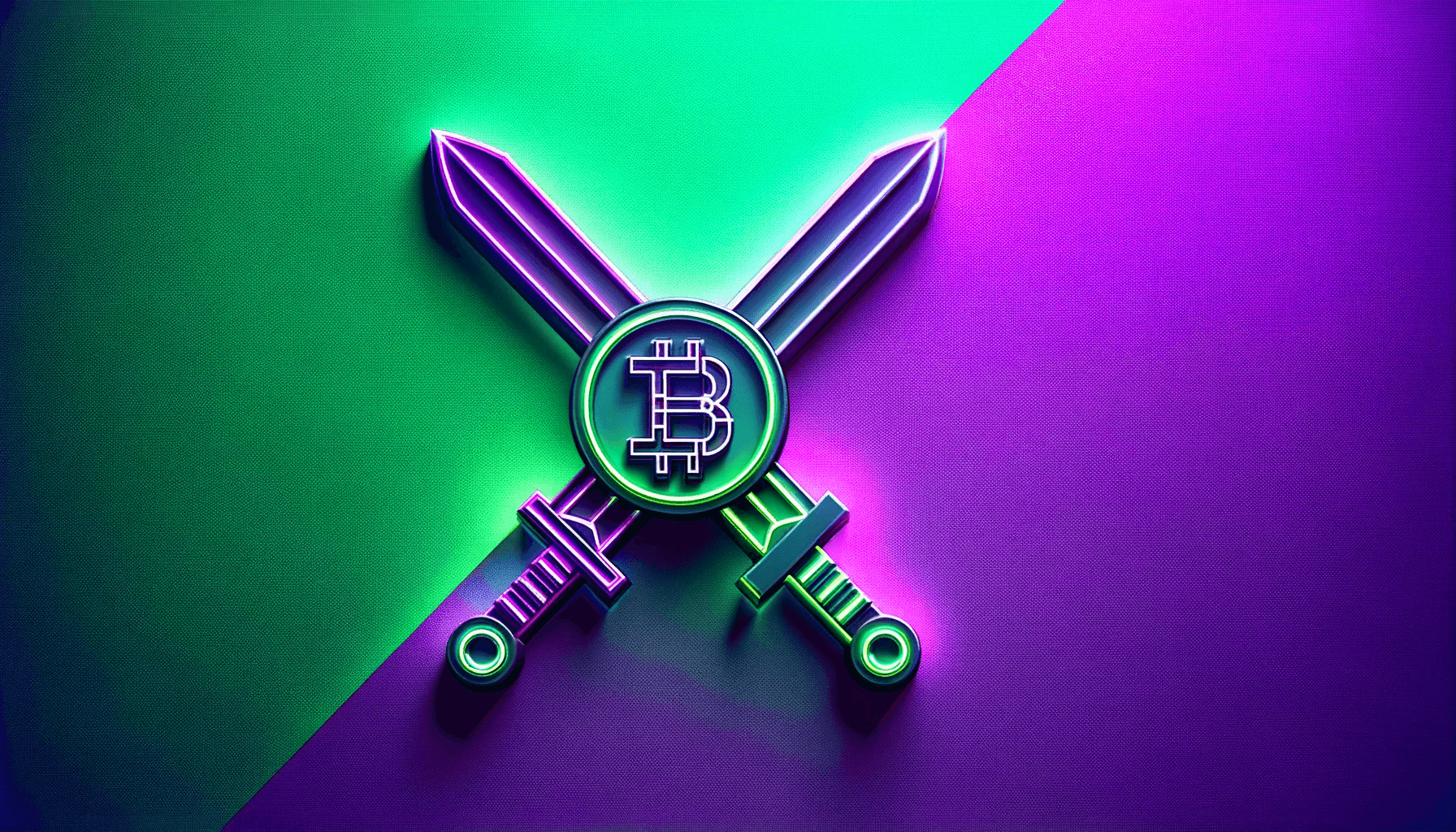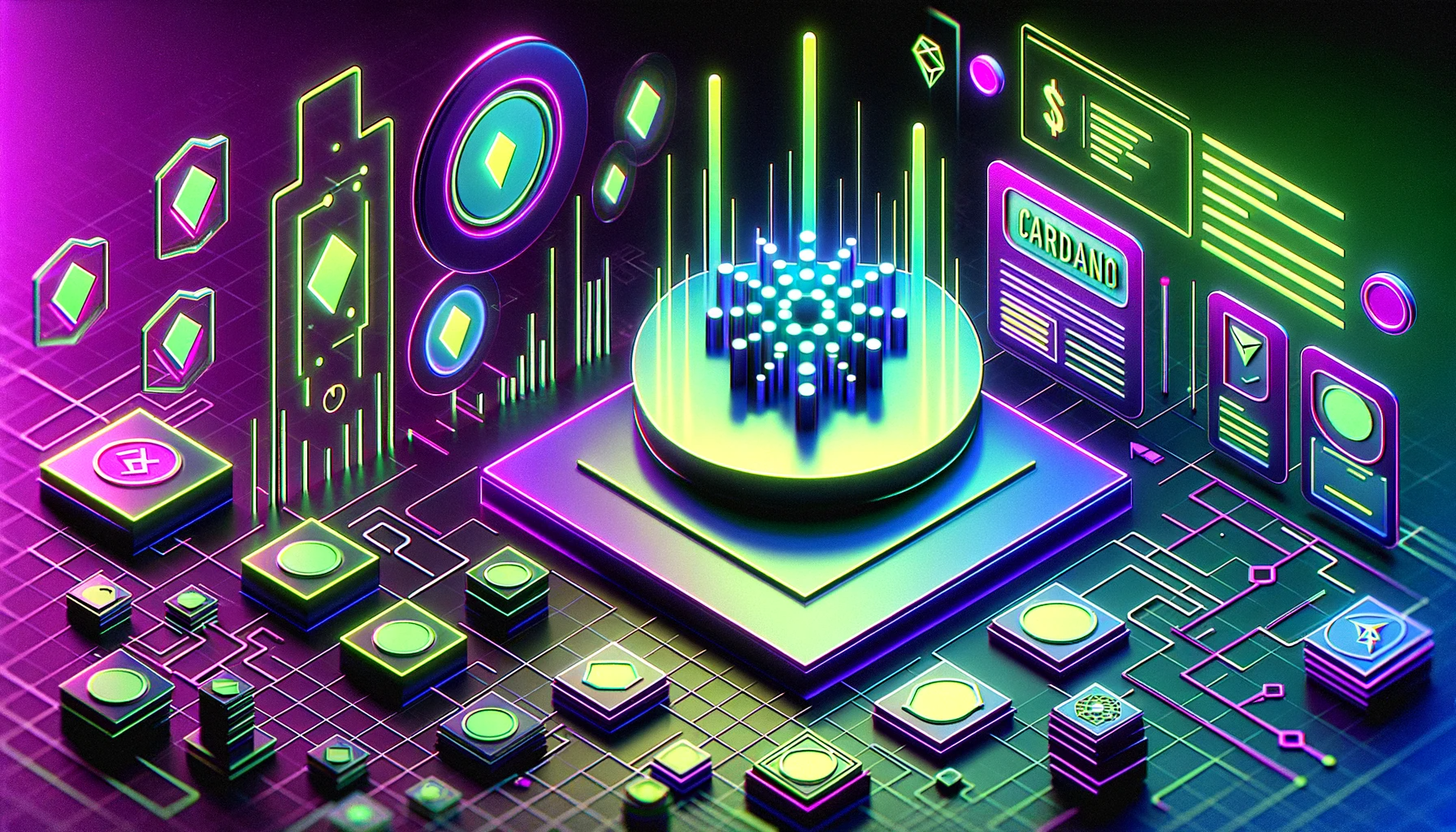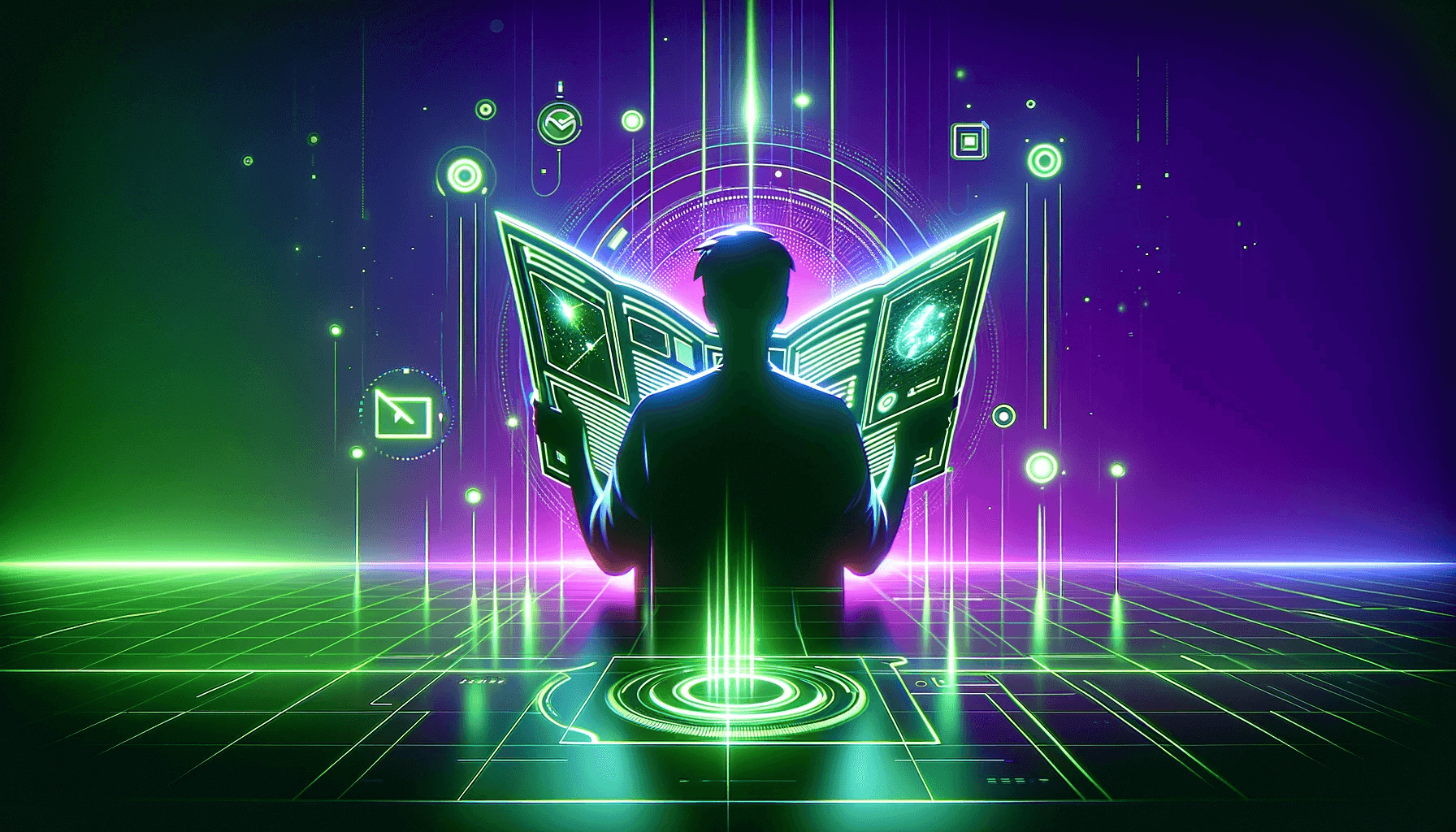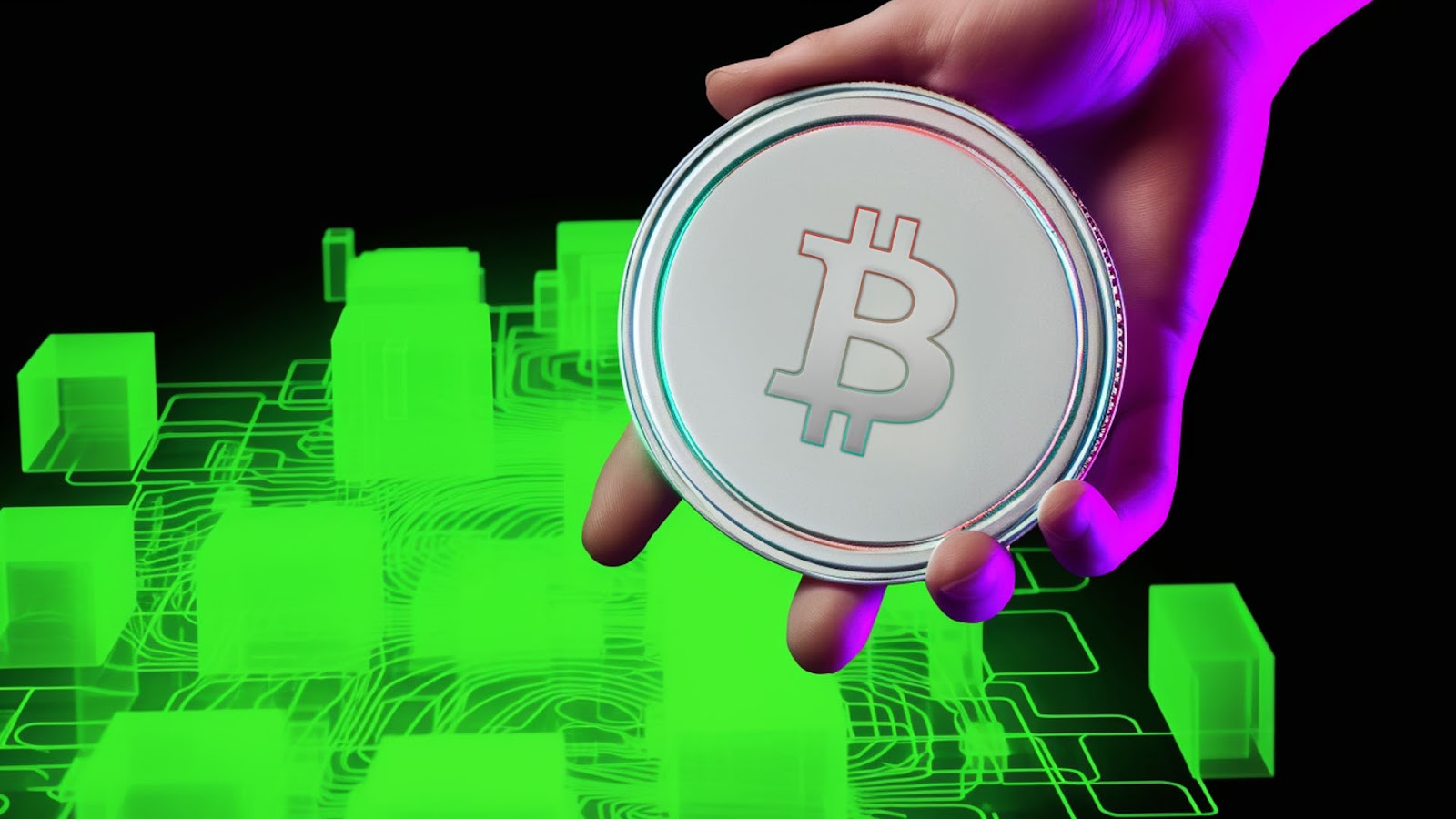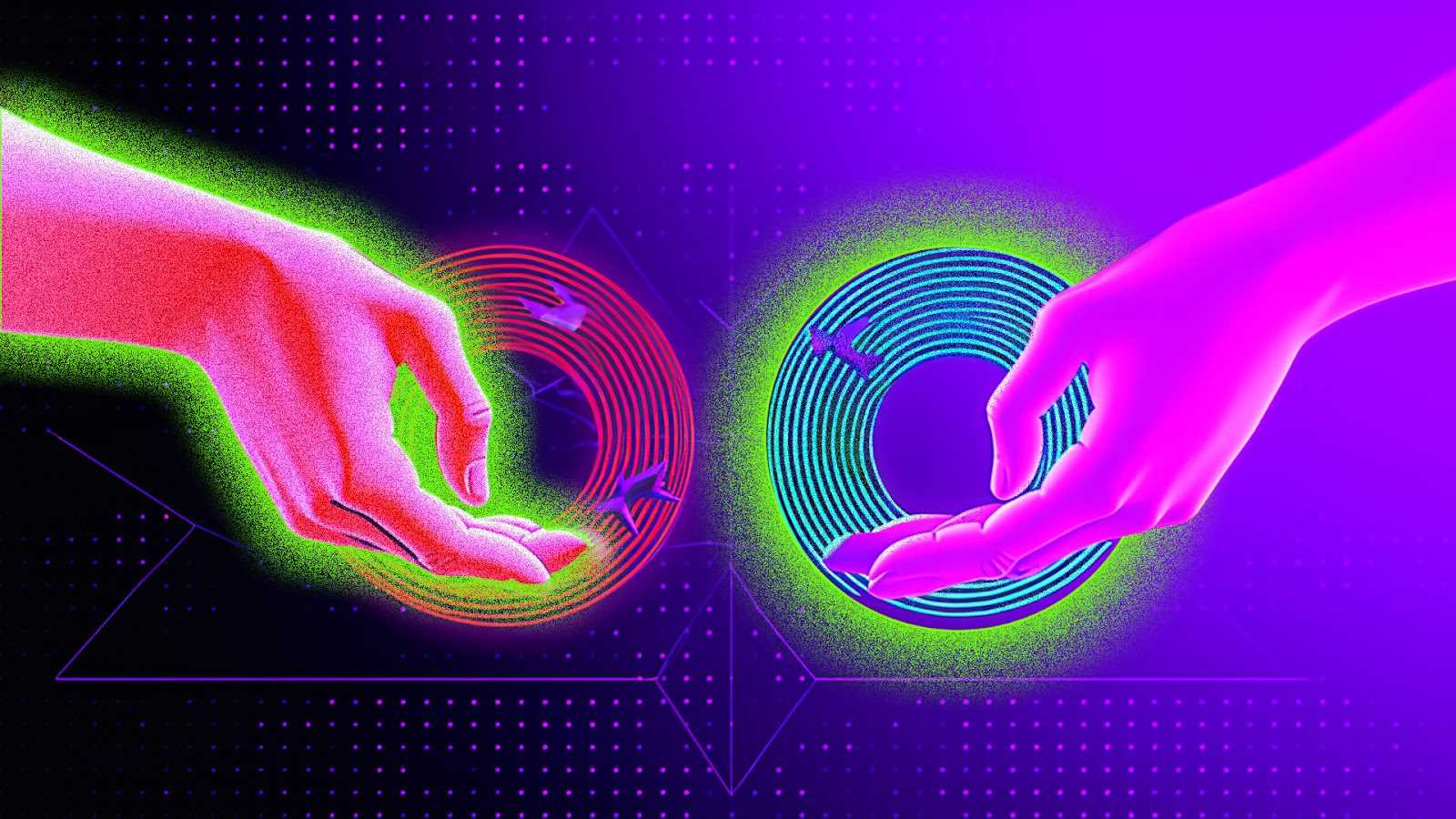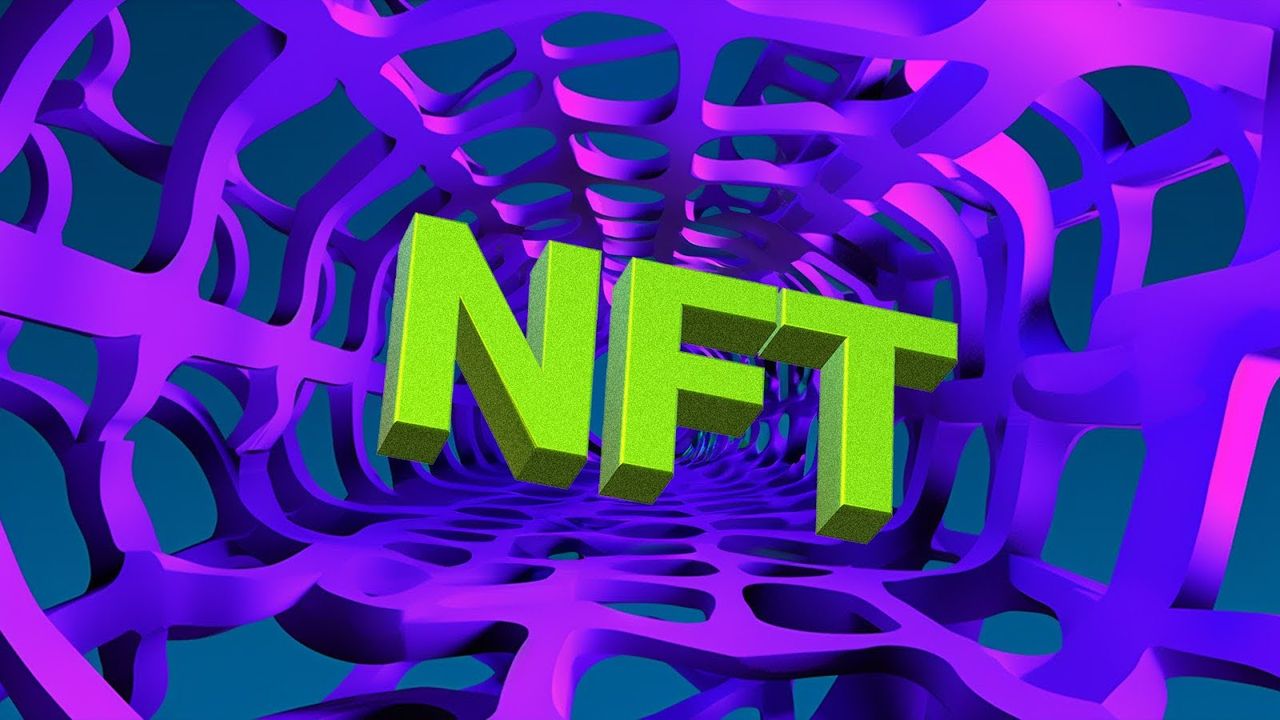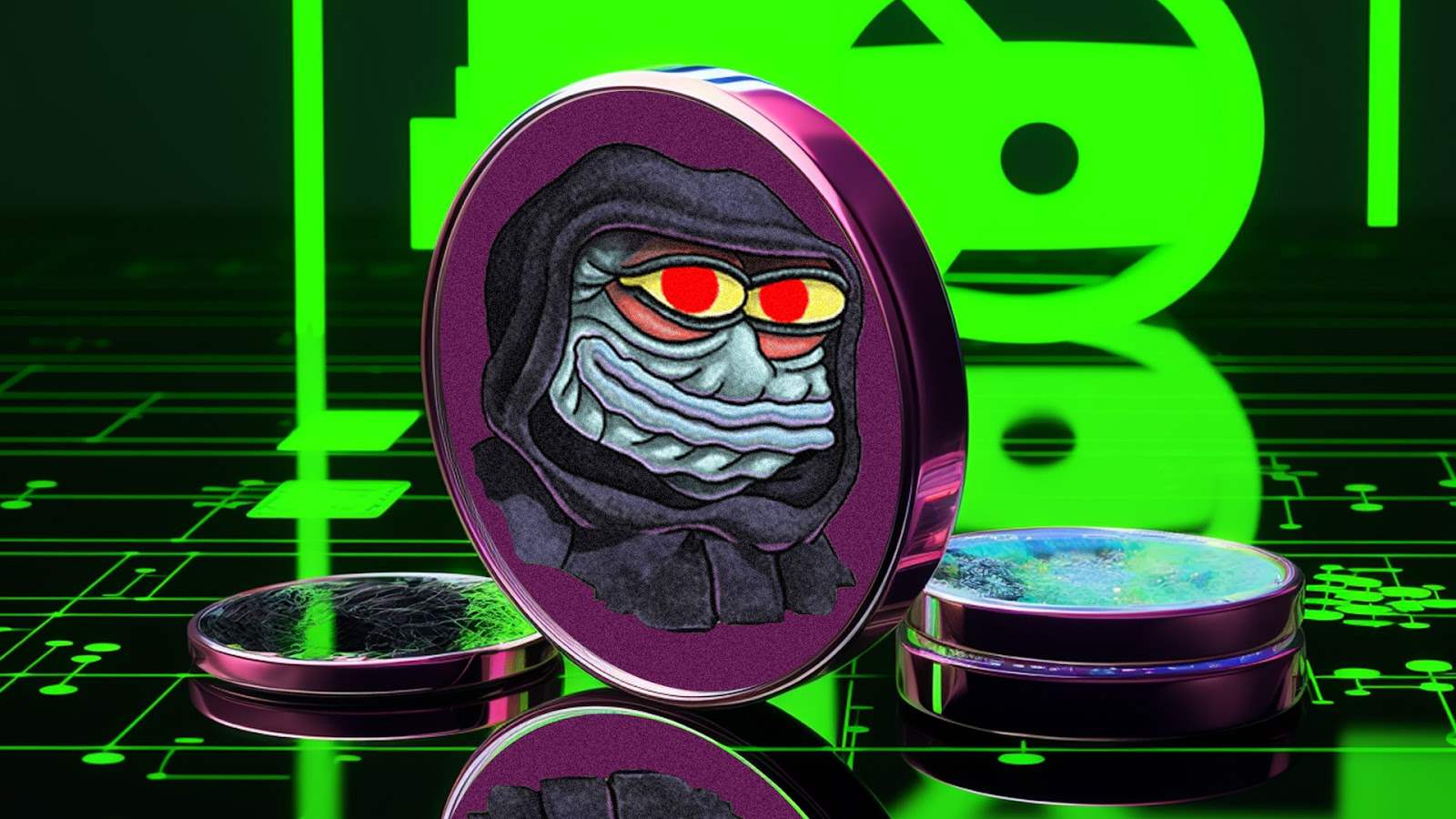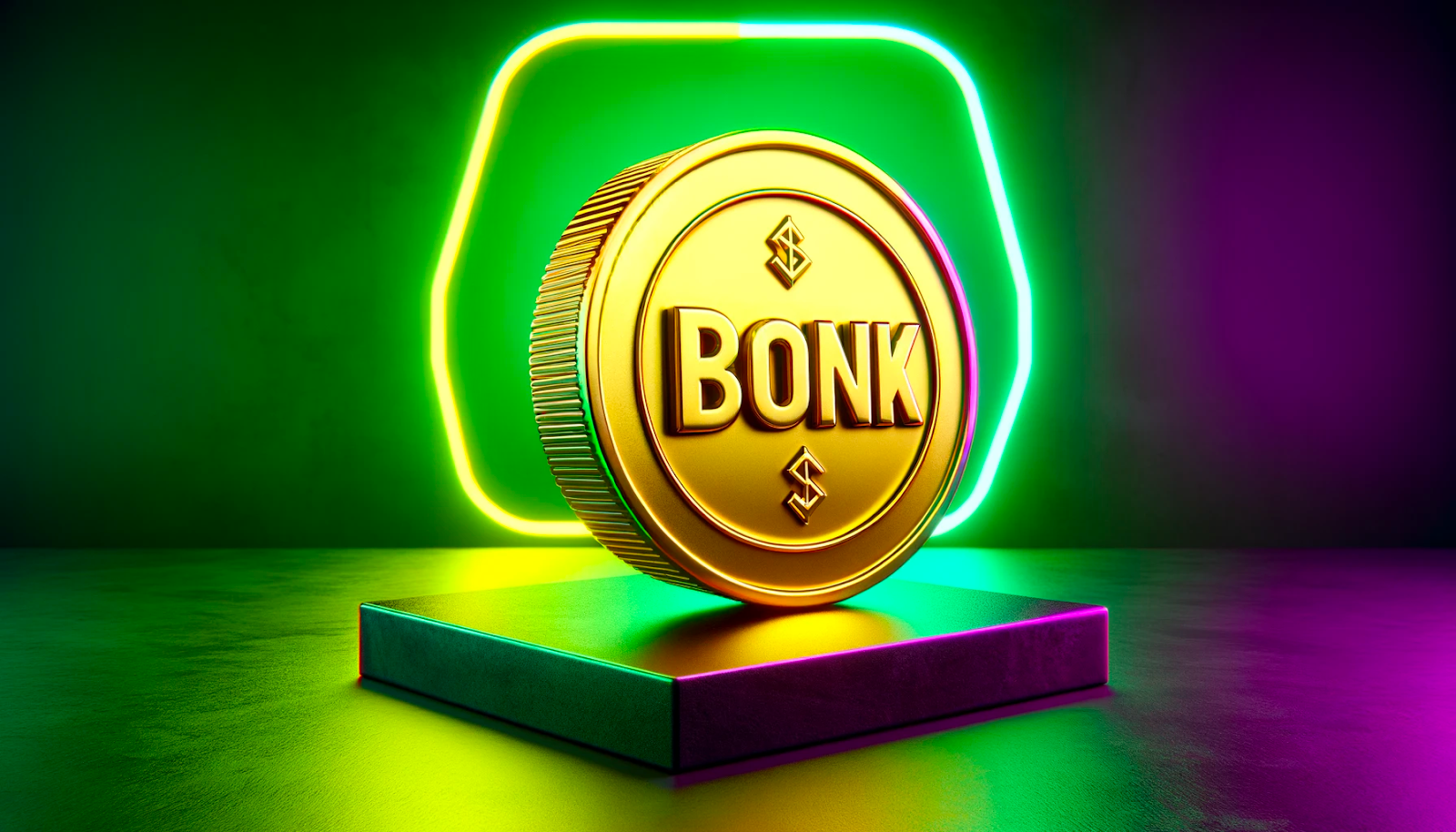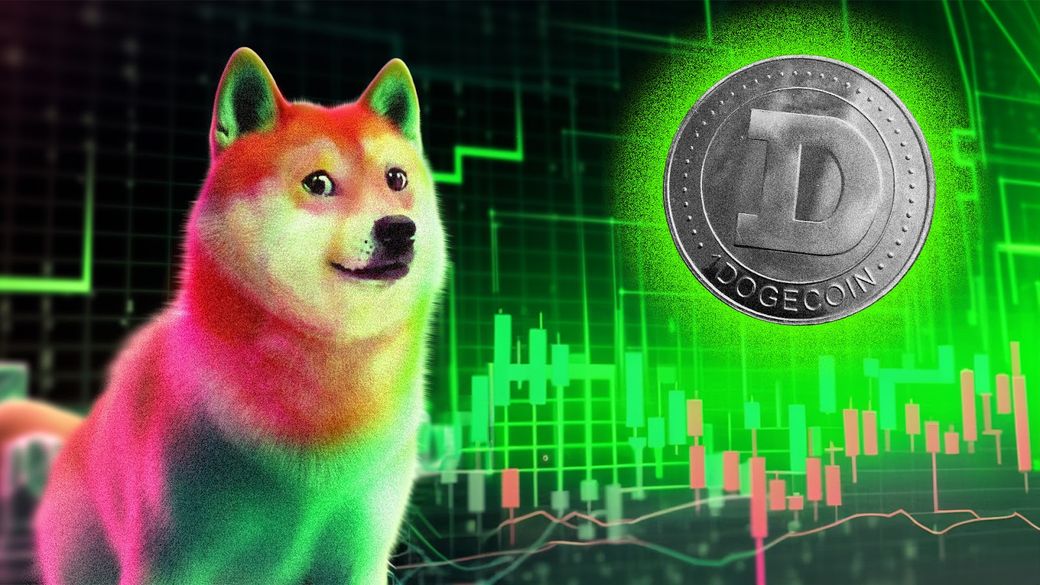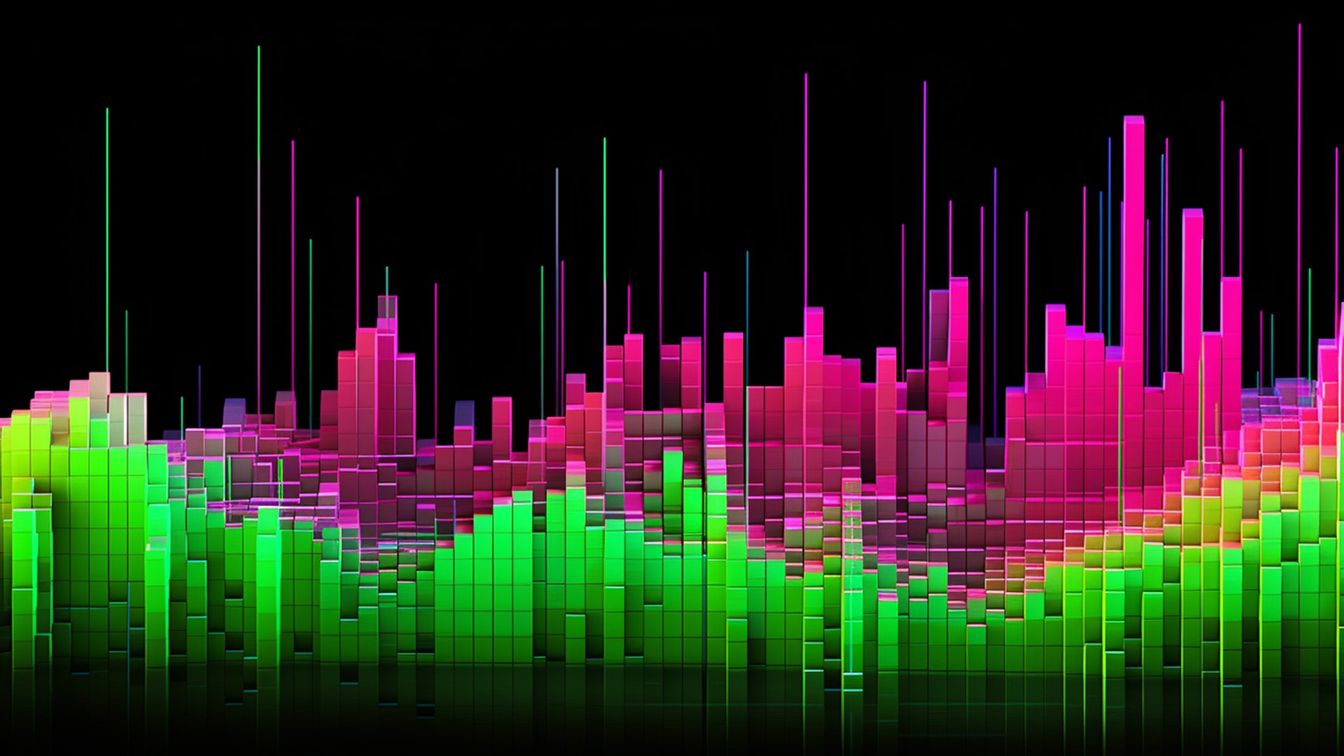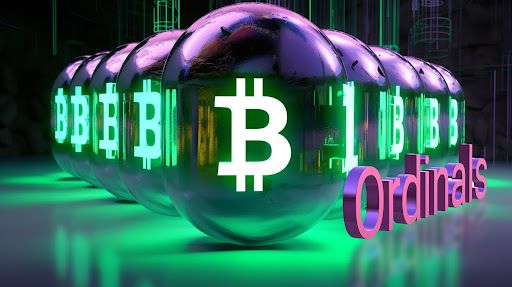
Due to their different functions within the world of Web3, Bitcoin and NFTs have rarely shared the same sentence. That is, until the beginning of 2023, when the Bitcoin Ordinals protocol was released, allowing degens the first opportunity to own NFTs residing on the world’s first crypto network.
What Are Bitcoin Ordinals?
The Ordinals protocol launched on the Bitcoin mainnet in January 2023, with its overarching premise being to simulate the kind of smart contracts that govern today’s NFT/CryptoArt scenes.
The protocol was developed by software engineer Casey Rodarmor, and was made possible thanks to two existing upgrades to the Bitcoin mainnet- SegWit (2017) and Taproot (2021)- as well as particular network flaws that he was able to identify.
Further, Bitcoin Ordinals manifest as satoshis (a.k.a. the smallest unit of Bitcoin) that have been inscribed with some form of data- be it a JPEG image, text, audio, and so on. Here, roughly 4 MB of data can be inscribed into a Bitcoin block, with each coming with a unique serial number (in the order that they’re mined in). Such serial numbers make them possible to be tracked and transferred.
With a general aversion to dubbing them ‘NFTs,’ these inscribed satoshis have since been coined ‘digital artefacts’ by Rodarmor.
With every Bitcoin Ordinal being a satoshi (i.e. 1/100,000,000 of a Bitcoin), this essentially means that each is worth at least 0.00000001 BTC. However, just like any NFT on the market, their values are primarily determined by the utility of the inscribed data.
For example, an early Ordinals collection from illustrious Web3 outfit Yuga Labs raked in $16.5 million at launch. Here, of course, the collection’s utility was its ‘novelty’ and ‘profitability’ given the creators in question (with perhaps a small contribution from the art itself).
Source: https://twelvefold.io/
Through having a radically different set-up in comparison to ’traditional’ NFTs, Ordinals’ entire content can be stored on-chain (as opposed to other standards that use links and references). This also means that they don’t require a sidechain, overlay, token alteration, or anything else besides the Bitcoin blockchain and its standard token.
In distinguishing them even further from the likes of Ethereum, they are also entirely decentralised and immutable, as well as permanently inscribed on the blockchain for eternity (irrespective of the morality, legality, or appropriateness of the content).
Functionalities
As Ordinals are essential NFTs, they can be purchased across numerous NFT marketplaces such as Magic Eden and Ordswap, as well as held in purposely designed crypto wallets such as the Ordinals Wallet or Hiro.
When it comes to the main use cases of the tech thus far, the typical JPEG/PFP art of the NFT world has dominated once again. In-fact, the space’s top-traded projects are mainly replicas of Blue-Chip collections from non-fungible frontrunners Ethereum and Solana- such as CryptoPunks, Bored Ape Yacht Club, and DeGods.
However, given that a variety of different data types can be inscribed as Bitcoin Ordinals, there are ample other use cases out there. Here, blockchain analytics platform Dune is the go-to place for tracking all activity and use-cases of the Ordinals protocol.
Data from 24/08/23
Source: https://dune.com/dataalways/ordinals
Community Consensus
Upon launch, the new protocol understandably caused a stir within the Bitcoin community, as for many maxis, the introduction of NFTs onto the network conflicts with Satoshi Nakamoto’s original vision.
With a lack of innovation and use cases not helping the cause, Bitcoin Ordinals also increase the block size of the Bitcoin blockchain, where for example, its mean average block size jumped from 1.5-2 MB to 3-3.5 MB in February 2023.
Such costs further relate to the potential damages on Bitcoin’s name as a reliable peer-to-peer (P2P) payments network, as well as its stature as the only gold-standard crypto investment. This is not only because Ordinals-occupied blocks could’ve been utilised for ‘better’ means (such as financial transactions), but also because of the detrimental impacts the protocol has had on the network’s speed and fees.
In turn, these issues cultivated disagreements amongst those closest to the blockchain, as when commenting on its inauguration, Bitcoin core developer Adam Back made the following tweet:
In conclusion however, the Ordinals protocol is built on the most prestigious decentralised ledger to date, meaning irrespective of its critics, it’s rightfully here to stay.
It’s also important to note that Ordinals, along with the Taproot network upgrade, lay the foundations for BRC-20 tokens- i.e. a new experimental standard of Bitcoin-residing fungible tokens that can unlock new capabilities through their use in DeFi protocols and blockchain applications.
Want More Cutting-Edge Crypto News?
Follow Us: X TikTok Instagram Telegram LinkedIn
Sign up to our newsletter at the bottom of the page
Check Out Our Top 10 Crypto Currencies of 2023
This article is intended for educational purposes and is not financial advice


